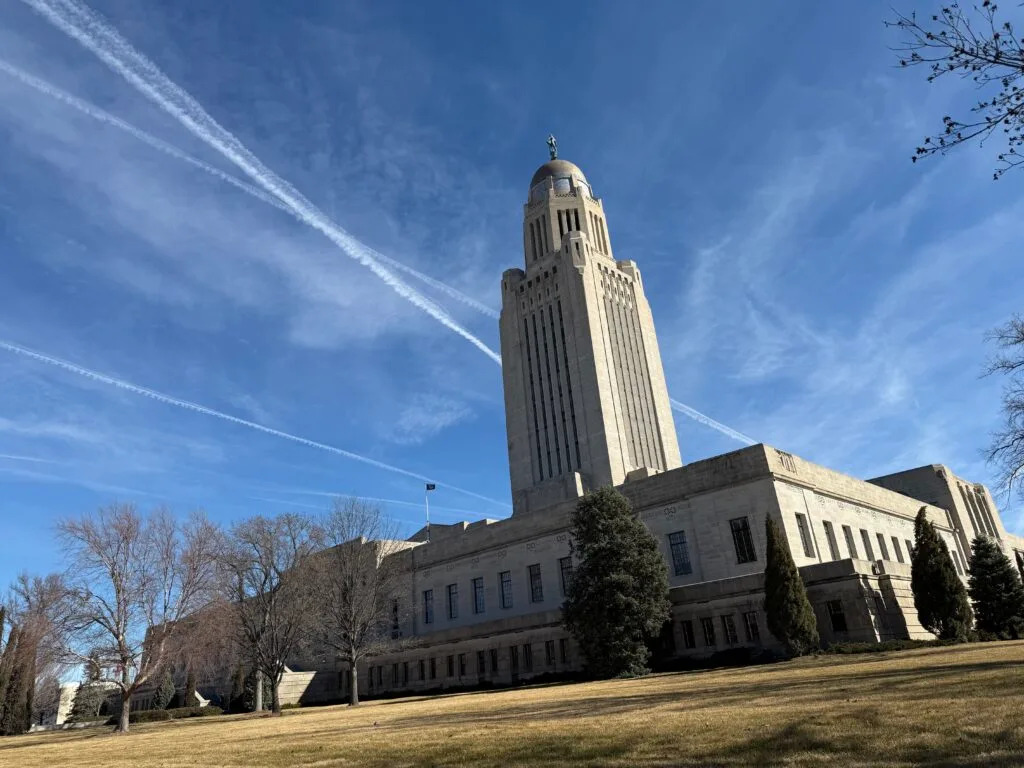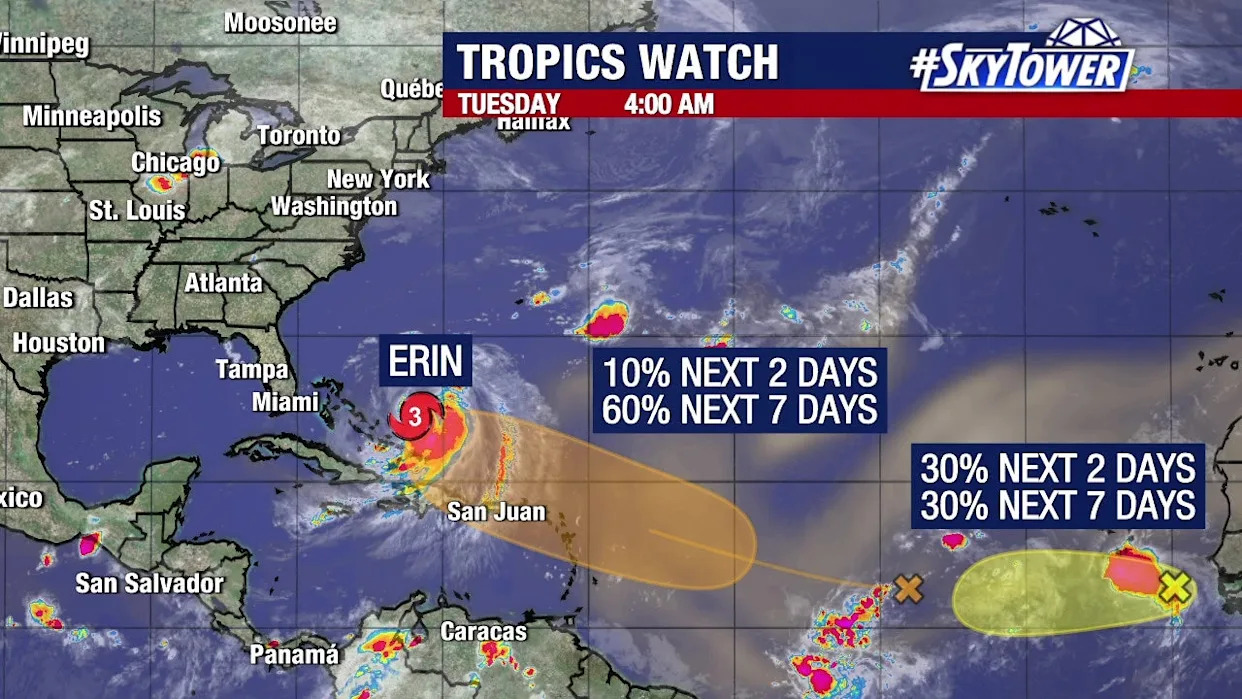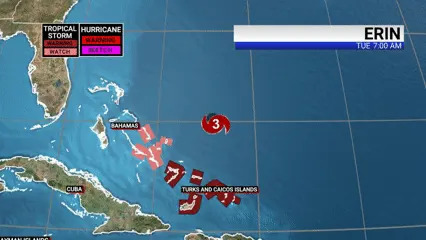
The Nebraska State Capitol. (Aaron Sanderford/Nebraska Examiner)
LINCOLN — Nebraska’s first tax receipts of the new fiscal year saw overall revenues jump by about $20 million, though it’s not yet clear whether that means the state’s budget is back on track.
The state Department of Revenue released Nebraska’s July tax receipts Friday, showing a net gain of 4.8% compared to what Nebraska’s Economic Forecasting Advisory Board had predicted in April. That jump equates to roughly $20 million in extra tax revenues flowing into the state’s coffers.

July was the first month of the fiscal year, which spans from July 1, 2025 to June 30, 2026. Nebraska ended its last fiscal year with net tax receipts down about $86 million from forecasts, leading to a new projected state budget deficit of roughly $95 million.
The latest report came as a relief to State Sen. Rob Clements of Elmwood, chair of the Nebraska Legislature’s Appropriations Committee. He viewed the increase as a potential sign that Nebraska’s financial status is recovering after several bad months, though he acknowledged that only time will tell.
However, the extra $20 million in tax revenues doesn’t necessarily mean the deficit will decrease by the same amount, according to Legislative Fiscal Analyst Keisha Patent.
“It certainly could (reduce the deficit),” Patent said. “I don’t know that that’s a certainty.”
SUPPORT: YOU MAKE OUR WORK POSSIBLE
The forecasting board will consider multiple factors at its next meeting in October, Patent said. Nebraska’s receipts for July are among those factors, she said, along with August and September’s receipts, and the impacts of the federal budget reconciliation bill.
The higher receipts were largely due to a rise in sales and use tax revenues, which came in about 30% above forecasts, equating to a net gain of more than $67 million. Patent had no immediate explanation for this growth, as she said July doesn’t normally see high sales tax returns.
Clements said high sales tax revenue is likely a signal that Nebraska’s economy is flourishing.
“It means people are spending, and they have money to spend,” Clements said.
All other categories of tax revenues were below forecasts, including individual and corporate income taxes. Individual income tax receipts were down about 15%, equating to a $13 million loss. Corporate income tax receipts were down just over 1%, equating to a $316,000 loss.
Patent said she’s received questions about why Nebraska’s income tax revenues have been down, considering the growth of the state’s overall economy. After several months of low revenues, many state officials expected Nebraska’s tax receipts would level off and eventually rise again.
But Patent said that likely won’t happen for several more years, when the state’s phased decrease to income tax rates finally hits 3.99% in 2027. For now, she said any growth in Nebraska’s economy will likely be offset by the rate reductions.
SUBSCRIBE: GET THE MORNING HEADLINES DELIVERED TO YOUR INBOX








Comments